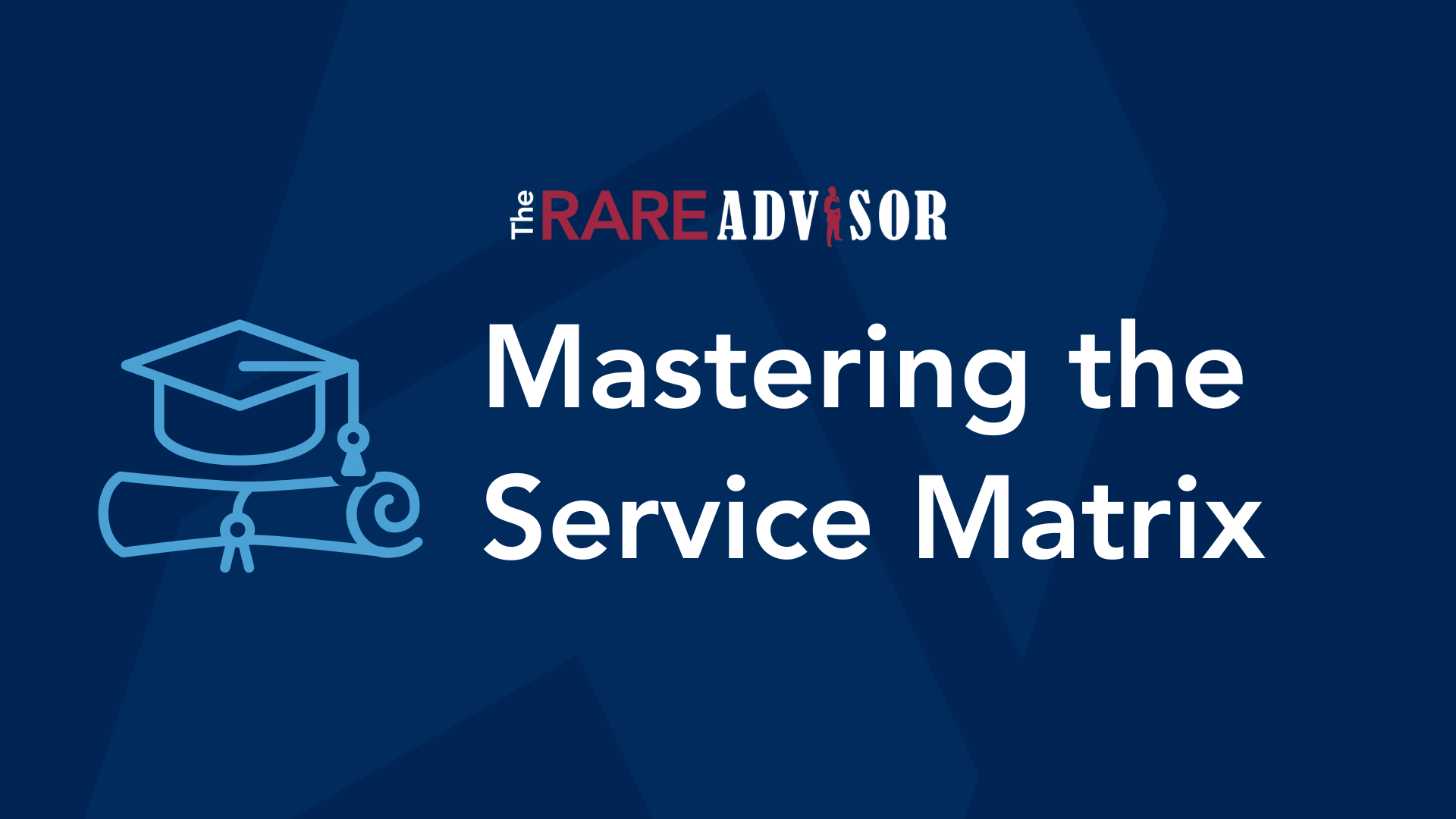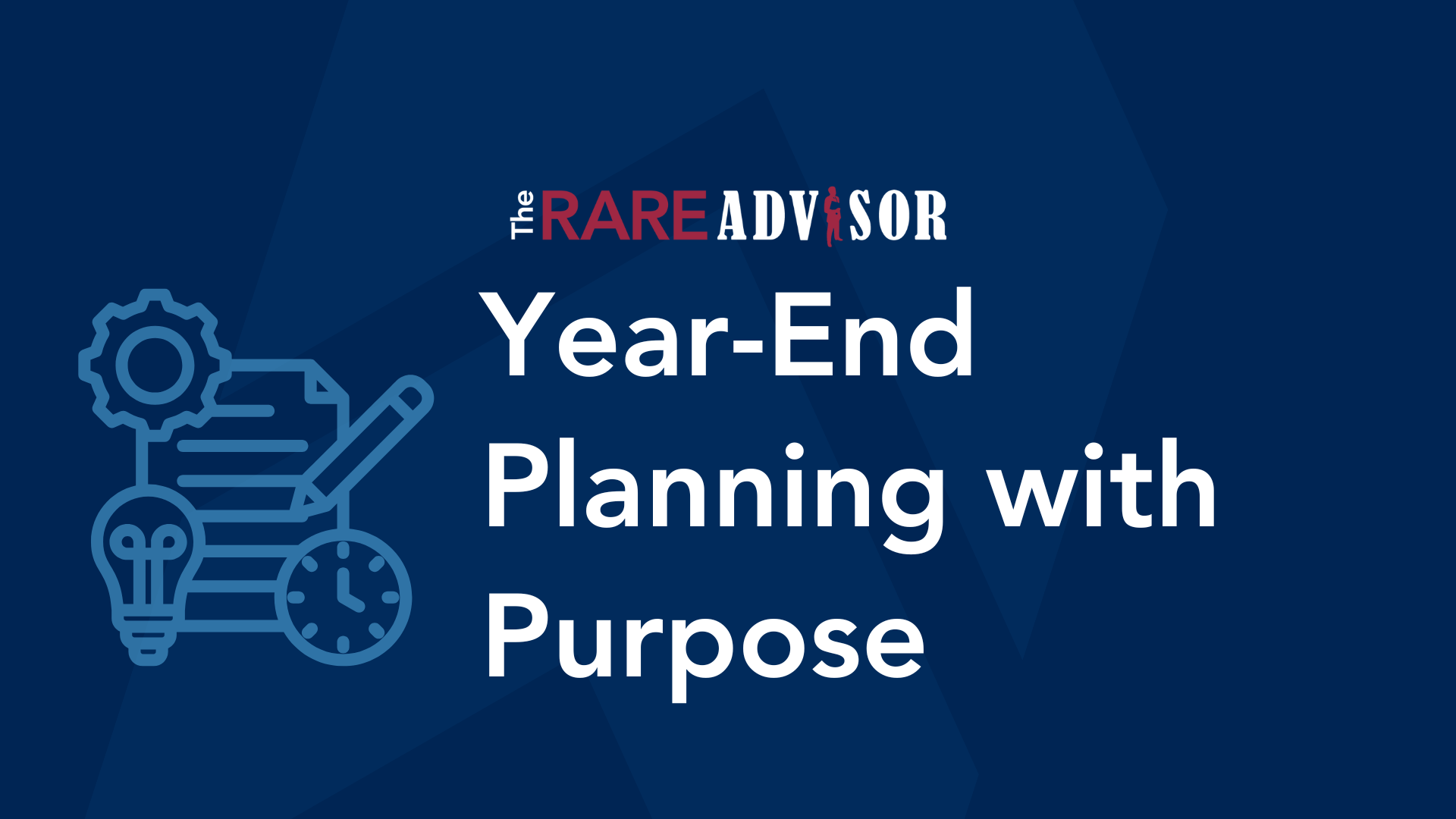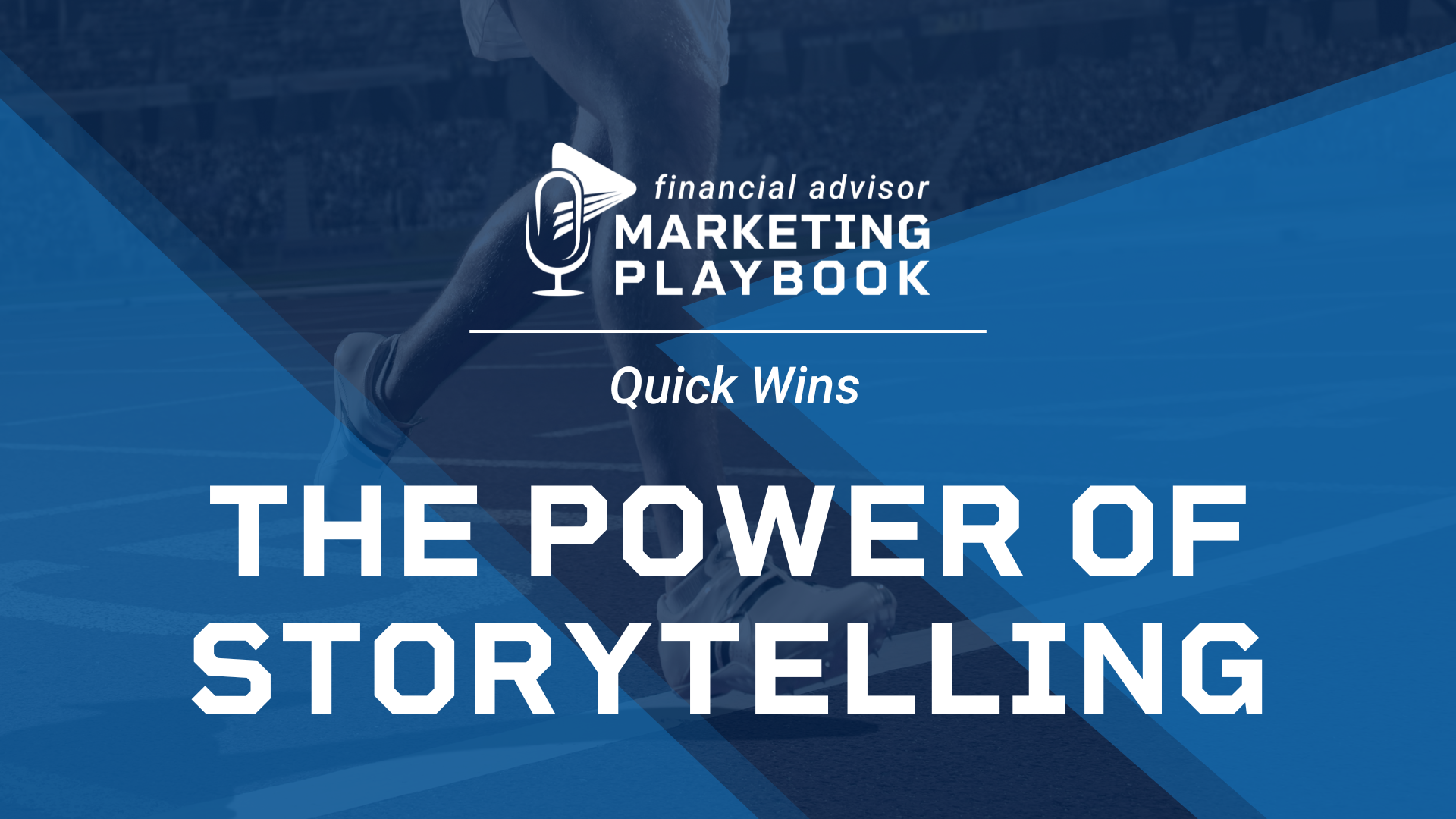The Enemy of High Performing Advisors: Product, Price, and Performance

I’d like to share a story and a lesson that was the result of a recent conversation with an advisor who had just joined our firm. Our conversations about transitioning to USA Financial started about 5 months prior to his official decision to make the move. To say that he did his due diligence on us is an understatement
The motivation for him to start the hunt for a new firm was because the RIA he was affiliated with was experiencing a prolonged stretch of poor performance. The irony was that the week he was planning to officially transition, the RIA he was affiliated with announced a merger with another RIA. He felt this was the final sign he needed to feel that he was making the right decision.
The primary driver for this advisor to explore a move was performance. There were other factors involved of course, but the first was performance. As he began his due diligence on our firm, he put his focus on three things: products, pricing, and performance. After all, these were his biggest pain points with his current affiliation.
What I’m about to share with you is an example of practicing what we preach. We weren’t afraid to share information with him. In fact, our firm (USA Financial) has an extremely compelling offering that addresses those three things (the products, pricing, and performance). However, we couldn’t let this be the basis for forming a relationship with this client (in our case, advisors are the client).
So, how do we circumvent this without giving the appearance of evading the questions related to his main concern?
Process Matters
The answer is simple… we don’t veer from our process. We took him through our FIT process like we do every other advisor considering a relationship with us. Our FIT process involves some intense fact finding, followed up with individualized time with different people at our firm who have specific specialties in different areas of an advisor’s practice. From marketing (that’s me) to compliance and operations, and everything in between. This even includes getting into the weeds on products, pricing, and performance. But the product, price, and performance are not the first things that are discussed. There’s a simple reason for that…
Value Must be Understood First
In the early 2000’s, right before entering the financial services business, I was fortunate enough to spend some time in the auto industry. I worked for a large car dealership in Arizona in sales and then financial and insurance. During the first week of training, it was stressed to me that you MUST take the customer for a test drive before discussing numbers. At first, this seemed strange to me. I couldn’t understand why we needed to always do this, especially if the customer came in and was clearly ready to buy.
To prove the point and emphasize the importance of the test drive, my manager allowed me to conduct an experiment. For one month, he let me take deals with or without a test drive, but he made me document whether or not the customer did, in fact, test drive the car. At the end of that month, we reviewed the financials, which revealed that those who went on a test drive ended up paying nearly 20% more for each vehicle. I was convinced. And the reason was that value cannot be realized until it has truly been experienced.
In the case of the advisor we transitioned to our firm, this became very evident after the time I spent with him. At the onset of his search, he had convinced himself that marketing services weren’t important to him in his evaluation of a new firm. That quickly changed once he saw that we could bring value to his practice through some of our services.
Choice is Important... Too Much Choice is Paralyzing
The benefit to being an independent advisor is obvious to most professionals. You get to decide how your practice is constructed and what offerings you will utilize within the financial plans of your clients. This is also the area that can get a little fuzzy for some advisors. My advice here is simple: you want to align yourself with a firm that provides enough choice and flexibility to serve your clients effectively, but too much choice can wreak havoc and lead you down a difficult path.
Consumers inherently want to feel like they have a choice. Auto manufacturers have figured this out, which is why most of them bundle some of their most popular options into packages or different trim levels. If every bell and whistle were entirely optional, they’d put their dealers in a terrible position trying to find a unicorn car for every customer. Your practice is no different. Don’t make life more difficult on yourself and your clients by creating a false sense of need for too much choice.
You Live and Die by the Rules You Set
Think about the relationships you have with your clients. Are they overly focused on product, price, and performance? Or have you set the rules of engagement to be focused on process, value, and choice? Do you “wing it” with each new client or does everybody follow the same process? Are you clearly articulating your value before getting into the costs of doing business with you or is price a central focus in the early going? Lastly, are you inviting analysis to paralysis with too much choice? Or are you positioning yourself as the trusted professional that makes the recommendations based upon a thorough review process of their situation? It’s your practice. You make the rules. As a result, you’ll live and die by the rules you set.
Author Info

Mark Mersman is the Chief Marketing Officer at USA Financial, joining the firm in 2004. He has held numerous roles within the company prior...
Related Posts

Mastering the Service Matrix: Elevate Client Experience & Drive Advocacy
In this episode of The Rare Advisor, Aaron Grady and Allan Oehrlein dive deep into two essential tools for modern advisory practices: the service matrix and the stewardship framework. Discover why moving from a reactive to a proactive service model is critical for consistency, scalability, and client advocacy. Learn how these frameworks help advisors deliver predictable, high-touch experiences, segment clients effectively, and create professional contrast that sets your firm apart. If you want to elevate your client experience and build loyalty that lasts, this conversation is packed with actionable insights.

Year-End Planning with Purpose: Becoming the Advisor of the Future
In this episode of The RARE Advisor, Aaron Grady and Duncan MacPherson explore how financial advisors can approach year-end planning with intention and purpose. Rather than focusing solely on metrics and spreadsheets, they discuss the importance of aligning your “why” with your process and practice. Drawing on Japanese philosophies like Ikigai, Kaizen, Kintsugi, and Wabi Sabi, they share insights on creating a more meaningful, resilient, and sustainable business. Learn how embracing continuous improvement, authenticity, and technology can help you become the advisor of the future.

The Power of Storytelling: 3 Essential Stories Every Financial Advisor Needs
In this episode of Financial Advisor Marketing Playbook, Mark Mersman reveals how storytelling can transform your marketing and client relationships. Learn the three foundational stories every advisor needs: your origin story to build trust, your client transformation story to demonstrate results and empathy, and your philosophy story to define your beliefs and differentiate your brand. Discover practical tips for crafting these narratives and integrating them into your website, meetings, and marketing strategy.

Mastering the Service Matrix: Elevate Client Experience & Drive Advocacy
In this episode of The Rare Advisor, Aaron Grady and Allan Oehrlein dive deep into two essential tools for modern advisory practices: the service matrix and the stewardship framework. Discover why moving from a reactive to a proactive service model is critical for consistency, scalability, and client advocacy. Learn how these frameworks help advisors deliver predictable, high-touch experiences, segment clients effectively, and create professional contrast that sets your firm apart. If you want to elevate your client experience and build loyalty that lasts, this conversation is packed with actionable insights.

Year-End Planning with Purpose: Becoming the Advisor of the Future
In this episode of The RARE Advisor, Aaron Grady and Duncan MacPherson explore how financial advisors can approach year-end planning with intention and purpose. Rather than focusing solely on metrics and spreadsheets, they discuss the importance of aligning your “why” with your process and practice. Drawing on Japanese philosophies like Ikigai, Kaizen, Kintsugi, and Wabi Sabi, they share insights on creating a more meaningful, resilient, and sustainable business. Learn how embracing continuous improvement, authenticity, and technology can help you become the advisor of the future.

The Power of Storytelling: 3 Essential Stories Every Financial Advisor Needs
In this episode of Financial Advisor Marketing Playbook, Mark Mersman reveals how storytelling can transform your marketing and client relationships. Learn the three foundational stories every advisor needs: your origin story to build trust, your client transformation story to demonstrate results and empathy, and your philosophy story to define your beliefs and differentiate your brand. Discover practical tips for crafting these narratives and integrating them into your website, meetings, and marketing strategy.

